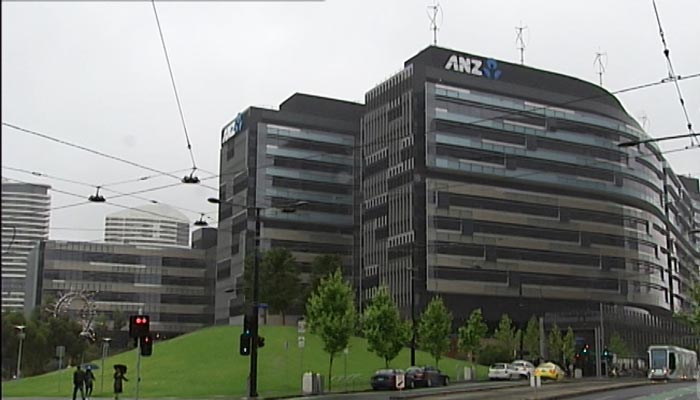ANZ chief executive Shayne Elliott CEO has explained how it was a first mover on mortgage repricing and why it made a decision to hike rates knowing full well that its customers could move to another lender.
He appeared in Canberra on Wednesday (11 October) where he answered questions before the House of Representatives Standing Committee on Economics, commonly known as the major bank review.
Committee chair David Coleman MP asked the ANZ boss why the group increased rates for existing loans earlier in the year when APRA’s 30 per cent interest-only cap was for new lending only.
“We run a business,” Mr Elliott said. “We need to make sure that it is prudent and that we identify risk and price for it appropriately while still providing a good, decent service to our customers.
“We started changing our approach in terms of lending standards, policy and pricing well before APRA put in place its speed limit. In fact, our first changes around interest-only started in April 2016. We made policy changes, we have reduced the amount of time people can have interest-only, and we have reduced the maximum LVR. That was well before [APRA’s speed limit] because we assessed that the risk in that book was changing and that we needed to be mindful of that.”
Mr Elliott said the first pricing changes the bank made were on 24 March, a week before APRA’s interest-only speed limit came into place.
“Subsequent to the speed limit we came out and reduced rates, we were the first. We reduced rates for people paying principal and interest and we increased others. We did that not knowing what our competitors would do and not knowing what the customer behaviour would be. But we wanted to reward customers who repaid principal, because it is the right thing to do, and we wanted to give them the right signals to move.
“Yes, we repriced the back book but, we also gave price cuts to the back book as well.”
ANZ CFO Graham Hodges added that the bank also introduced its lowest ever fixed-rate at 3.88 per cent for P&I borrowers.
Mr Coleman argued that it is “disingenuous” for a bank to tell its customers, who are not impacted by APRA’s regulatory action, that the bank has determined that it is good for them to move to P&I.
“First of all, we gave people a four-month notice period,” Mr Elliott said. “Whether that’s to move with us or a competitor. Also, when people come to us and asked for an interest-only loan, we assess them on the basis that they can afford to pay P&I from day one. We do assess people’s ability to be able to pay the principal.”
Mr Elliott said the bank modelled the impact of its pricing changes. Asked about the profitability of interest-only loans and the impact of repricing, the chief executive explained that the answer depends on customer behaviour.
“It depends what customers do,” he said, adding that there was an assumption in Mr Coleman’s question that all customers stay with ANZ and don’t move.
“About 10 per cent of our customers with a home loan choose to leave us and go somewhere else each year. There are a lot of factors.
“We absolutely ran an analysis and looked at the fact that by reducing P&I loans by 5 basis points it would come at a cost. That’s about two thirds of our customers who received the benefit of a rate cut.
“We were first. We did that not knowing what the competition would do and at a risk that a lot of those customers would vote with their feet and go somewhere else, or vote choose the fixed-rate, which is a much lower margin product.”
Interest-only loans currently account for approximately 34 per cent of ANZ’s total mortgage portfolio.
Westpac also faced tough questions from David Coleman in Canberra yesterday. Chief executive Brian Hartzer told the committee that interest-only loans accounted for 50 per cent of the Westpac mortgage book.


One thought on “‘Yes, we repriced the back book’: ANZ defends rate hikes”